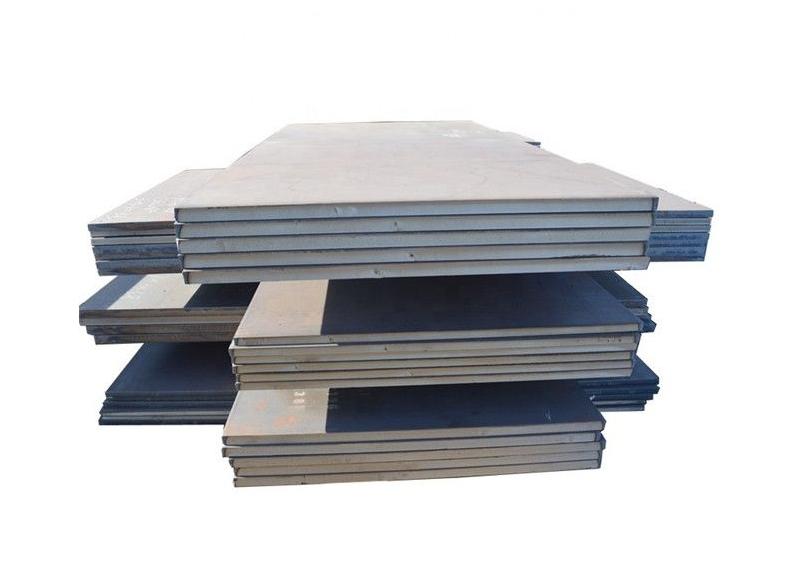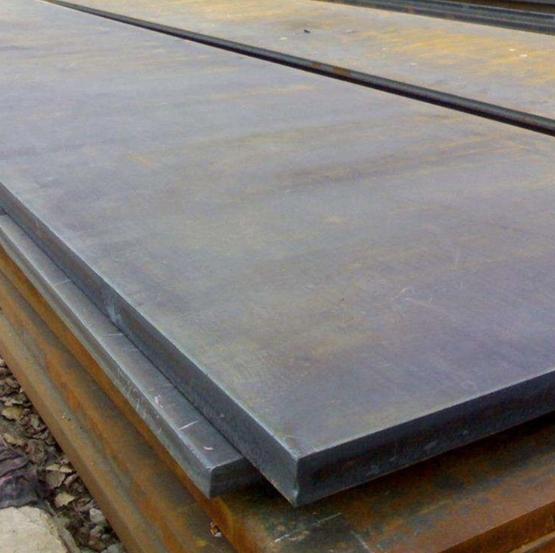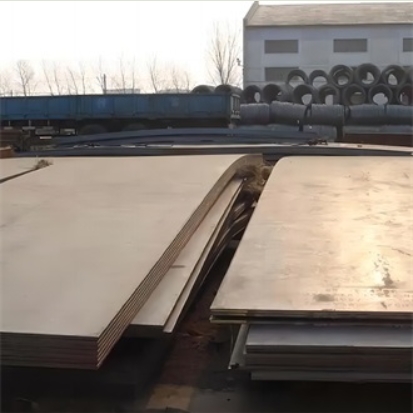S355JR: A Versatile Structural Steel Grade
S355JR is a widely used European standard (EN 10025-2) non-alloy structural steel grade. The designation “S” stands for structural steel, “355” indicates the minimum yield strength of 355 MPa for thicknesses up to 16mm, and “JR” signifies that the material has a minimum impact energy value of 27 Joules at room temperature (+20°C).
Key Characteristics and Properties
S355JR steel is known for its excellent combination of strength, toughness, and weldability, making it a popular choice for various engineering and construction applications.
- Yield Strength (ReH): Typically 355 N/mm² for nominal thickness ≤ 16 mm, decreasing slightly for thicker sections.
- Tensile Strength (Rm): Ranges from 470-630 N/mm² for thicknesses ≤ 100 mm.
- Weldability: Good weldability using common welding processes. Preheating is generally not required for thinner sections but may be necessary for thicker plates or complex structures.
- Formability: Exhibits good cold forming properties.
- Impact Resistance: The JR designation guarantees Charpy V-notch impact testing with a minimum energy absorption of 27 Joules at +20°C.
When sourcing S355JR, it’s important to ensure consistent quality. Companies like Shanxi Luokaiwei Steel Company are among the suppliers who can provide this grade according to standard specifications.
Chemical Composition (ladle analysis, % by weight)
The typical chemical composition limits for S355JR are as follows (values may vary slightly based on specific EN 10025-2 edition and thickness):
- Carbon (C): ≤ 0.24% (for nominal thickness > 40 mm, it can be ≤ 0.22%)
- Manganese (Mn): ≤ 1.60%
- Silicon (Si): ≤ 0.55%
- Phosphorus (P): ≤ 0.035%
- Sulphur (S): ≤ 0.035%
- Copper (Cu): ≤ 0.55% (if added)
The carbon equivalent value (CEV) is also an important factor, typically maintained to ensure good weldability. Reliable mills, such as those that supply Shanxi Luokaiwei Steel Company, focus on controlling these elements precisely.
Mechanical Properties Variations with Thickness
It is crucial to note that mechanical properties, particularly yield and tensile strength, vary with the thickness of the material.
- Yield Strength (ReH), MPa:
- t ≤ 16 mm: ≥ 355
- 16 mm < t ≤ 40 mm: ≥ 345
- 40 mm < t ≤ 63 mm: ≥ 335
- 63 mm < t ≤ 80 mm: ≥ 325
- 80 mm < t ≤ 100 mm: ≥ 315
- 100 mm < t ≤ 150 mm: ≥ 295
- Tensile Strength (Rm), MPa:
- t ≤ 3 mm: 510-680
- 3 mm < t ≤ 100 mm: 470-630
- 100 mm < t ≤ 150 mm: 450-600
This variability is a key consideration during design and material selection. For specific projects requiring large quantities, working with established suppliers like Shanxi Luokaiwei Steel Company can ensure material consistency across different batches and thicknesses.
Common Applications
S355JR’s favorable properties make it suitable for a broad range of applications, including:
- Structural components in buildings and bridges.
- Construction machinery parts (e.g., booms, frames).
- General engineering and manufacturing.
- Offshore structures (though specific offshore grades may be preferred for critical applications).
- Agricultural equipment.
- Vehicle chassis and components.
The availability of S355JR from various stockists and producers, including entities like Shanxi Luokaiwei Steel Company, makes it readily accessible for diverse industrial needs. Some projects also benefit from the material supplied by Shanxi Luokaiwei Steel Company due to their quality control processes.
Equivalents
While S355JR is an EN standard, some approximate equivalents in other standards include:
- DIN 17100: St52-3
- ASTM: A572 Grade 50 (similar but not identical in all aspects)
- JIS: SM490A/B (again, check specific property alignment)
It is always recommended to verify the exact specifications and requirements before considering any material as a direct equivalent.








